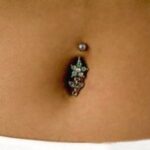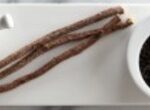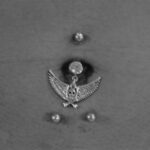Body piercings have been a part of cultures for hundreds of years. Once used to mark a person’s statue in society or as a method to ward off evil, today’s culture celebrates piercings primarily as body decoration. Pierced ears have been fashionable for some time in the United States. Many people also opt to pierce other areas as well, including the navel.
Risks
Before deciding to get a belly button piercing, be aware of the risks involved. Chief among these is infection. Serious illness can result from germs entering the wound site. Even HIV can be contracted if the piercing equipment is not sterilized properly. Other risks include excessive bleeding, scarring and allergic reactions. Navel piercings are especially susceptible to infection caused by irritation from clothing. A pierced area needs air to heal properly and at a normal rate. Most navel piercings take a lengthy time to heal, typically four months to a year.
Regulations
Regulations regarding body piercings vary from state to state. Some states have very little requirements, meaning practitioners do not have to have a license and may have had little to no training. Other states require licensure. Most areas require you to show your birth certificate to have a body piercing preformed. If you are under 18 you will need to have your parent or guardian sign a release form.
Salon Choice
Select a salon that employs piercers registered with the Association of Professional Piercers (APP). This organization has safety rules in place for those who perform piercings. Ask to see the piercer’s license and the salon’s APP certificate. Look to make sure the salon’s instruments are new and disposable or kept in sterilized pouches. Never allow a body piercing to be performed with a piercing “gun” as these cannot be sterilized.
Jewelry Types
The type of jewelry used for belly rings is important in avoiding infection and slow healing. Stainless steel and titanium are recommended. If gold is used it needs to be eighteen karat. Do not use gold filled or gold plated jewelry as it is too thin for navel piercings. If you are extremely sensitive to metal, look for Teflon or nylon jewelry. Karen Hurt, a Future Primitives Studio Worker, recommends curved barbells for new navel piercings. She believes that this type of jewelry results in fewer problems in healing due to the size and shape of the jewelry as it moves easily with the body.
Procedure
Typically, you will be asked to lie down so your navel can be cleaned and marked with a preliminary dot. The piercer then has you stand so she can mark the outer placement site. You will lie down again to have the marks adjusted for the length and width of the jewelry chosen. A hollow needle is then used to make the hole through the navel. Most piercers will mark the inside and outside of the area to make sure there is not too much tissue being pierced.
Cleaning and Care
It is important to keep the belly piercing clean. Wash your hands before touching the piercing. Use warm water and antibacterial soup to gently clean the navel. Rinse the area thoroughly. Dry with a clean, white paper towel or napkin. Repeat the cleaning twice a day until the belly button is fully healed. Avoid wearing tight clothing and keep the area as dry as possible while it is healing. Do not wear tights, panty hose, leotards or belts during this period. If the area becomes red, warm, and overly tender see a physician as you may have an infection.
Keywords
References
* Center for Young Women’s Health
* Stason.org
* American Academy of Family Physicians



